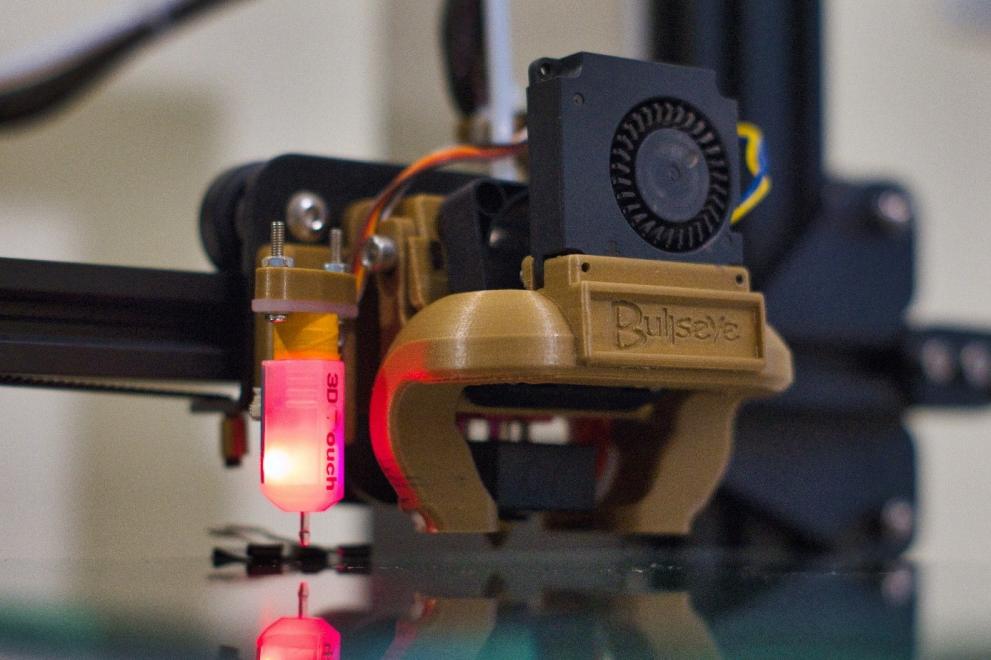
In December 2020, PERI GmbH created the first 3D printed apartment building in Wallenhausen in Bavaria, Germany. The company's aim is that, following this building, 3D printing will be established as an accessible solution for construction projects and for buildings that can be inhabited and made commercially available. As of February 2021, this apartment is the largest 3D printed apartment building in Europe with a full-length basement and five apartments across three floors, spanning approximately 380 square metres of living area.
Other 3D-printed buildings have been built across the world, such as the Warsan Building constructed in Dubai. This residential building in Germany will be a new realisation in Europe that may potentially pave the way to more automation in the construction world, with potentially faster and cheaper housing. Currently, 3D printing is limited to the construction of walls; nevertheless, this allows other manual work to be carried out at the same time, saving time and costs.
3D printing is a key advanced manufacturing technology with a highly disruptive potential within manufacturing and production and has a wide range of possible applications.
The Advanced Technology for Industry (ATI) provides detailed knowledge and experience in 16 defined advanced technologies, including advanced manufacturing. The ATI has recently published, as part of the product watch, a report on 3D printing of hybrid components. The report presents an overview of the key players in the metal 3D printing value chain and an analysis of the EU competitive positioning.
